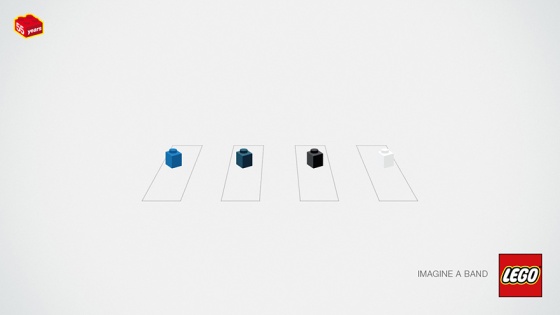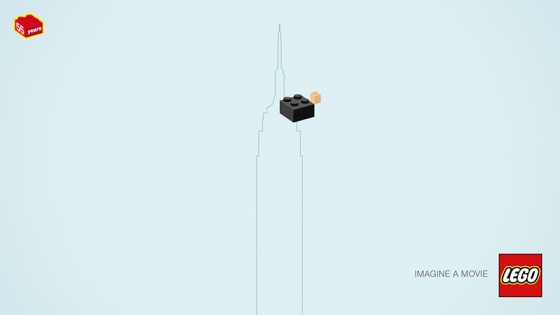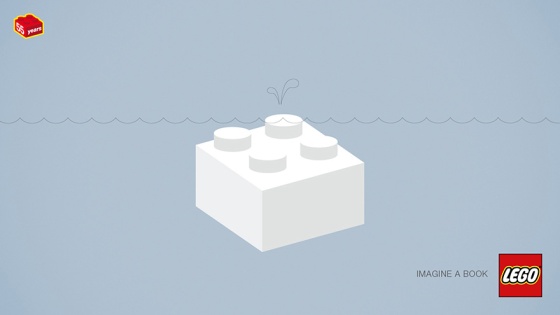Monthly Archives: October 2014
September Social Media Week London
Posted by melbrogy
Having not blogged for a while, it felt fitting that my latest post is devoted to Social Media Week London.
2015 Digital Trends
My SMW London week was kicked off at the trendy Soho Hotel for Battenhall’s digital trends for 2015, which were based on their research. The key takeaways from this session:
- an insight into Twitter and the FTSE 100 companies, in which alarmingly it was revealed that tweets only have a 10-minute life span
- Messaging – private messaging is the new social, so think WhatsApp, We Chat, Alibaba, Telegram and Firechat – core audiences are 18-24s; celebrities and journalists
- Video – it’s the one to watch – short, shared online video is so popular among young people (Millennials and Generation Z) that brands use it as a marketing tool
- Generation Z (those born in the mid-1990s/2000s until the present day) – not at all surprised that those who are old enough to manage their social media accounts totally rely on YouTube, Facebook, WhatsApp, Google Hangouts and their phones to run their day to day activities
- Internet of Things – tackled the rise of wearable technology, which means a change in how people would consume data and the data from the world around us would be steering brand engagement.
Ogilvy Stories Without Words
My key takeaway from this session is a set of tips in making meaningful and powerful statements through imagery. For example, what works in interactive graphics is information not ornamentation. The best graphics tell the best stories without being assisted with a lot of words – that they are explanatory and exploratory as well as highlighting personal relevancy with a balance of author and reader-driven graphics. Take a look at Chipotle’s video – says a lot with very little words:
Another great example is LEGO. To celebrate its 55th anniversary, it issued 55 graphic riddles where LEGO bricks represent different characters from songs, movies, political or cultural events that have taken place over the past 55 years. Here are some examples from the LEGO Imagine ad campaign:
Visual Storytelling GE
I’ve always been a big fan of General Electric’s social media activities especially with their compelling and entertaining content. Katrina Craigwell, GE’s Head of Global Digital Programming spoke about the company’s brand messaging priorities and that in order to get its defining voice, the company needed to look at target, objective and strategy (ignite light-hearted curiosity around science and technology and create moments of wonder by opening GE’s doors). For example, GE’s highly successful moon boots campaign showed that GE’s super materials have scientific and industrial applications such as enabling a man walk on the moon. The campaign was launched to commemorate the 45th anniversary of NASA’s Apollo 11 mission for which GE, more famously known for making bulbs and fridges, have actually supplied materials used in moon boots! Needless to say, the sneaker boots have sold out.
LEGO – The Building Blocks of Social Value
LEGO’s Lars Silbauer (Global Director, Social Media, Search and YouTube) shared lessons that his company has learnt, most importantly the significance of strengthening the emotional bond between LEGO and the people. He talked about value creation – bridging the gap between the customers’ social needs and Lego’s business strategy (increase sales, damage control, improve marketing efficiency, build brand affinity) backed up with some of LEGO’s brilliant (and not so very expensive campaigns) just like their May the 4th one:
To enhance brand affinity, they’re encouraging creatives to send in their LEGO ideas and also worked with platforms like Google with their Build with Chrome project:
Lars’ advice is to be timely, relevant, brave and personal to connect with the consumer.
Reimagining Entertainment Media: New Video Models for Millennials
This session looked at what creativity is like within web-based video content. Some real good tips:
- not borrowing the rules of TV
- understand the new rules of engagement – smartphones in general are seen as the fourth screen, second screen in telly terms, but the first screen for millennials
- mobile isn’t a trend, it’s a trend driver
- people share videos that are compelling and visual
- list style, snackable content = mobile friendly consumption and not cost your audience’s their whole data allowance
- understand consumption – where is it happening and understand your audience
- think of going away from social metrics and go back to proper business objectives – how do these relate to your business objectives?
- success should be measured around engagement and not views – vanity metrics don’t reflect sentiment don’t shoehorn your TV creative online.
Twitter cards masterclass Ogilvy’s James Whatley led a Twitter cards masterclass, which was highly useful. For those of you who don’t know what Twitter cards are, they are like summary cards that allow you to post expandable tweets, so essentially your post goes beyond 140 characters. These are the types of Twitter cards:
- photo
- summary
- summary large
- gallery
- player
- app
- product
Here are some examples of brands that use Twitter cards.
Digital politics – why social will decide the next election
This session concluded that as much as social media is widely used in politics to communicate, research and listen, we are still not in a position in which social media will decide the next general election.
Why Celebrities Are a Waste of Money and Cats Don’t Matter – Debunking the Viral Myth
Led by Unruly, the session featured the agency’s recently launched Periodic Table of ShareRank Elements, which looks at the elements that influence the shareability of a video. The two top factors are the psychological responses (automatic) and social motivation (rational). Emotional responses drive shareability, for example Cardstore’s World’s Toughest Job:
So with these in mind, cats, babies and celebs have no direct or independent effect on a video’s shareability. There is no one route to success but you would do good if you think about your brand’s values to come up with the best psychological response that best fits your brand and social motivation that suits your campaign.
Then on the final day of SMW London, I attended On! The Future of Now: Making Sense of Our Always Connected World. It was interesting to hear Dr Aaron Balick who explained a bit about the psychodynamics of social networking. A lot of it has to do with self-discovery – we discover ourselves between ourselves and others with ego feeding into it where we need to be recognised (social validation). But actually, our desire to share in real time means an erosion of our ability of actually being able to be truly present. The best tip was use the technology and not let the technology use you. The final session was finished off by the Lumia Selfie School. Best tip picked up from the session was knowing what your followers want – inspiration and information.
SMW London was a packed week and I can’t wait to attend the next SMW London this winter. Thank you to all the organisers and contributors for such an informative week.
Useful links
How is social media changing our emotional relationship with food?
If you only read 10 things about Wearable Tech today, it should be these
Posted in Digital
Tags: battenhall, Digital, Entertainment, ge, lego, London, lumia, Mars El Brogy, social media, social media week, Twitter, unruly, video, viral, YouTube






